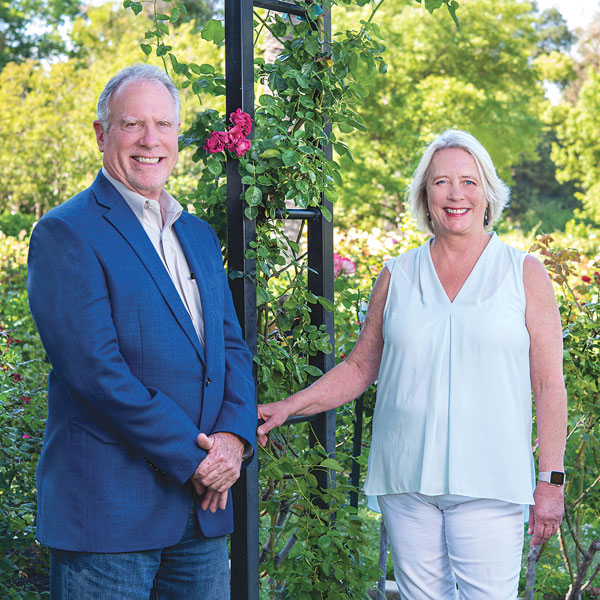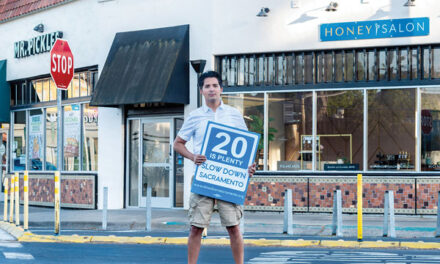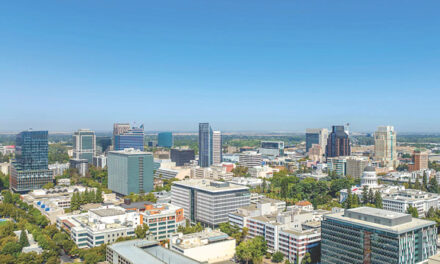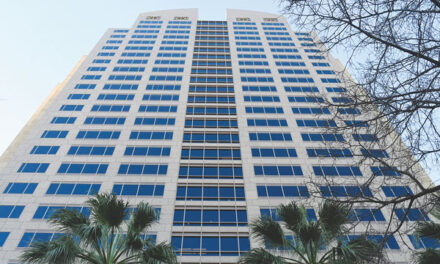The East Sacramento Improvement Association is not just another neighborhood group. Established in 1958 when Sacramento was still a sleepy backwater, it’s believed to be the city’s oldest neighborhood association.
Founded as a way to coalesce local opposition to Mercy Hospital expansion when Dwight Eisenhower was in the White House, the East Sac Improvement group is one of the city’s largest and most effective grassroots advocates. It typically gets early peeks at proposed developments within its boundaries and has re-shaped or helped kill projects it dislikes.

Part of the clout comes from its history and the fact that East Sac includes some of the city’s most exclusive areas, including the Fab 40s. The East Sac alliance surely has an advantage over less economically strong corners of Sacramento when it comes to being heard at City Hall.
But its influence also comes from its leadership and wise, nuanced positions.
The East Sac Improvement Association has moderated Mercy expansion plans over the years. It sidetracked a proposed Elvas Avenue connection that would have swamped the area with thousands of cars. Perhaps most famously, it helped stop the massive Centrage development along Business 80 in the early 1990s. The land is now occupied by McKinley Village, an attractive neighborhood developed by former California State Treasurer Phil Angelides that complements its surroundings rather than overwhelms them.
The group’s president is Tricia Stevens, a respected former principal planner for Sacramento County known for her thorough but fair reviews of proposed developments over a career that spanned more than 40 years. Brian Holloway is the group’s treasurer and land use chair, another planning professional who has run his own development entitlement and consulting firm for decades.
Opposite sides of the urban growth coin, a public planner and a developer’s advocate, the two neighborhood leaders have always gotten along.
“We know the language. We know the jargon,” Holloway says. “We know when good projects are being presented before us because we are not newbies in the development business.”
If you want proof of the association’s thoughtfulness, ESIA stands out among neighborhood groups for endorsing rather than attacking plans that could soon allow multiplexes in neighborhoods historically zoned single-family residential.
In Sacramento and other cities where the move to add housing options has been proposed, most neighborhood groups predict the death of single-family residential neighborhoods. ESIA supports the proposed changes with conditions the city seems willing to accept regarding building size, location and other considerations.
“We talked about it a lot and we felt we needed to have more housing choices in East Sacramento,” Stevens says. “We’ve been hearing from people for a long time that they want to rent an apartment or a duplex but have very few choices. We’d really like to see a more diverse neighborhood with different choices for renting and buying, and we also recognize that this strategy starts to address in some ways past housing inequities that have stemmed from strict single-family zoning.”
Experience tells her a surge of new duplexes and triplexes in single-family neighborhoods is not likely.
“The economics are not necessarily there,” Stevens says. “It’s an opportunity and a choice. But in the greater scheme of things, most of the growth in the city is going to take place along corridors and other infill sites.”
Reasonableness can be hard to find in civic debates. The East Sac group exemplifies it.
What other hot issues are East Sac residents most concerned with? Stevens and Holloway did not hesitate when asked: homelessness. Both agree the city is trying but not solving the crisis.
“One of the biggest concerns people have is the whole criminal justice system where people that are homeless and may be committing crimes,” Stevens says. “They get picked up and released right away. We’re very encouraged with the city’s community response team and encouraged by the initiative to help with folks who have mental health issues, but it’s a very difficult problem to solve.”
Also high on the list are the city’s plans to require all-electric new buildings and a possible move to eventually require all-electric appliances in remodels and repairs as part of the fight against climate change.
“It probably makes sense in the grand scheme of things,” Holloway says, “but people are very concerned about this sort of piecemeal, costly approach that could be coming on remodels or even if your air conditioning system breaks down and you’d be required to replace it will all-electric. It hasn’t happened yet, but we’re watching it very closely.”
That’s what the East Sac Improvement Association does. It watches. It listens. It gets involved and does its homework. When the group weighs in, its views are respected and often heeded. The city and East Sacramento are better for it, a shining and too rare example of responsible civic engagement.
Gary Delsohn can be reached at gdelsohn@gmail.com. Follow us on Facebook, Twitter and Instagram: @insidesacramento.















